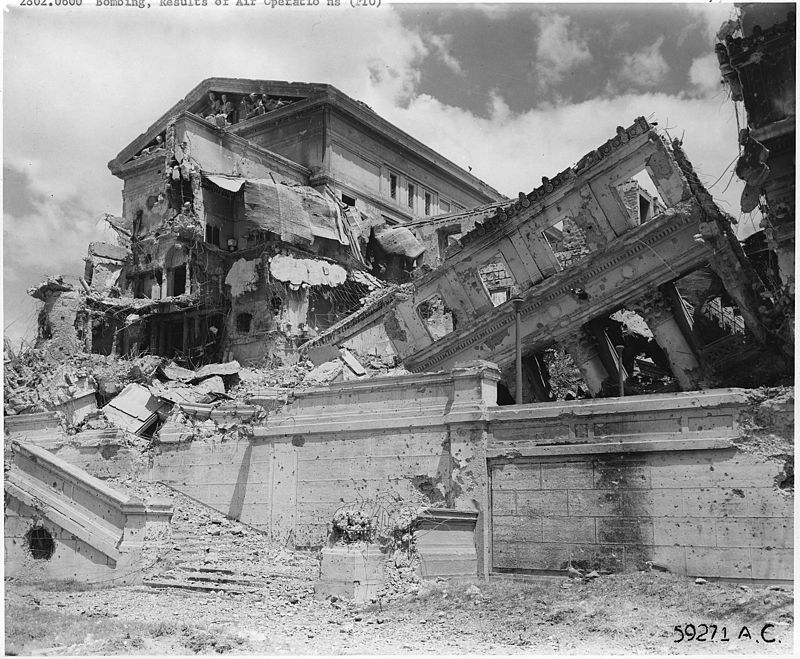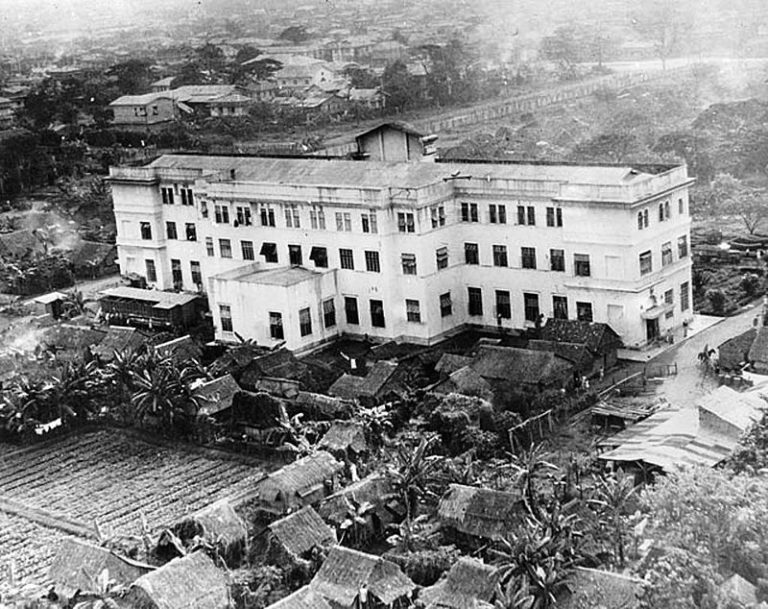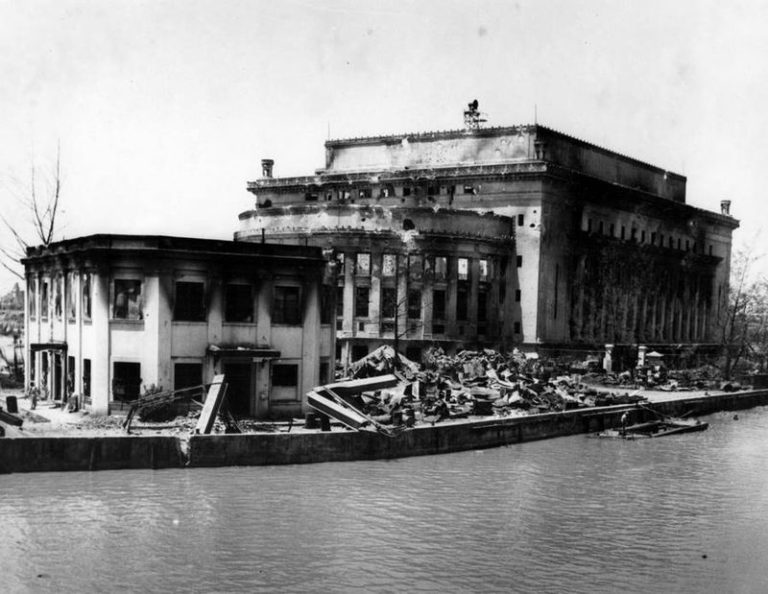The Battle of Manila in 1945 is considered by many historians to be one of the worst and most violent battles in World War 2, as it is the second fiercest battle of urban fighting that occurred in the war, with Stalingrad being the first. Because of the crushing attacks that were launched or performed by both the Japanese and American/Filipino forces, the city was completely devastated, and it was reported that more than 100,000 civilians lost their lives during the onslaught. To know more about the events during and after the fierce fight for Manila’s freedom, here is the history of the Battle of Manila.
During the Battle
The battle started on February 3, 1945, when the US 1st Cavalry Division that was led by Major General Verne D. Mudge launched an attack in the northern region of Manila to successfully capture the bridge across Tullahan River, which serves as the gateway for them to seize control of Malacanang Palace.
Another squadron led by Brigadier General William C. Chase (8th Cavalry) led another mission to capture the University of Santo Tomas (UST), which was turned by the Japanese into the Santo Tomas Interment Camp (now used as the UST Hospital). The internment camp was the location where numerous civilians and nurses of the US Army and Navy (known as “Angels of Bataan”). There were a total of 4,255 prisoners inside the camp, with 466 dying in captivity, while three were killed when they tried to escape on February 15, 1942. However, one prisoner successfully escaped the camp in January 1945, a month before the Battle of Manila.
One of the casualties of the battle to capture UST was Captain Manuel Colayco, a member of the United States Army Forces in the Far East (USAFFE), after being shot while guiding the American First Cavalry to the location of the university’s front gate. He died seven days after he was shot in Legarda Elementary School, which was turned into a field hospital.
Despite the loss of their guide and driver of their lead jeep, the American forces continued their attack on UST on February 4 until they forced the Japanese forces, led by Lieutenant Colonel Toshio Hayashi, to be cornered in the university’s Education Building. After exchanging pot shots, Hayashi surrendered the next day (February 5) and negotiated with the American to let them go back to Malacanang Palace and rejoin with other Japanese troops. The Americans allowed the Hayashi and his soldiers to go back to Malacanang, but what they didn’t know was that Malacanang was already occupied by the Americans, and after reaching the location, they were fired upon, thus leading to Hayashi and some of his troops’ death.
A month after the start of the battle, Manila and the surrounding cities were captured by the American forces. Out of anger, frustration, and anxiety of being tortured or killed violently by the Americans, several surviving soldiers of the Japanese forces killed many civilians, and the unjust killings became known as The Manila Massacre.
The Manila Massacre
Before the imminent Battle of Manila, General Tomoyuki Yamashita, the commanding officer for the Japanese forces in the Philippines, ordered his men in January 1945 to retreat and abandon their post in Manila, as he believed that they don’t have enough firepower to win against the Americans and Filipinos. Unfortunately, one of his subordinates, Rear Admiral Sanji Iwabuchi, refused to retreat and remained on his post with more than 10,000 Japanese marines.
During the battles, the Japanese forces that stayed in Manila were overwhelmed by the American/Filipino forces, and out of frustration that they cannot win and that they may be tortured or killed after the battle, they started killing, torturing, and raping many civilians that they captured in the city. These mutilations and massacres occurred in various parts of Manila, including schools, churches, and hospitals such as Santa Rosa College, the Manila Cathedral, and San Juan de Dios Hospital.
The Bayview Hotel became the Japanese’s “rape center”, where they will pick several women they deemed “beautiful” to rape. Most of the women that they violated were minors. In addition, out of desperation, the Japanese forces even executed a mop-up operation to get rid of guerillas that may be hiding with the civilians. The operation led to the Japanese killing more than 54,000 people, including pregnant women and children.
The Manila Massacre, as well as civilian casualties in the Battle of Manila, led to the deaths of more than 100,000 innocent people that were just dragged into unfortunate circumstances of the war.
Destruction of Manila
The part of Manila that was devastated the most was Intramuros, as it became the battlefield for the climax of the battle on February 23, 1945. The assault on Intramuros lasted for three days, with many of the structures and building of the walled city being destroyed by artillery units of both the American/Filipino and Japanese forces. There was much damage through out the Philippines with many structures still abandoned today.
Rear Admiral Sanji Iwabuchi, the surviving commanding officer present in Manila, committed “seppuku” or ritual suicide with his officers on February 26, 1945. With the commander committing suicide, the American/Filipino forces successfully captured Intramuros and the remaining parts of Manila from the same day up to March 3.
In the aftermath of the battle, there were only two buildings that remained standing in Manila’s business district. However, those surviving building were looted for plumbing parts after the war. Hundreds of different buildings with historical value were also destroyed during the battle. Most of the destroyed buildings around Intramuros and other parts of Manila were replaced with modern structures that feature a more Americanized style of architecture. Fortunately, there are some buildings, like the Manila Cathedral, that remained true to its original appearance before the war.



